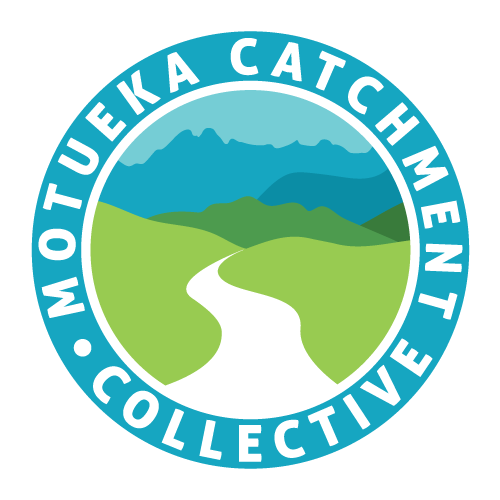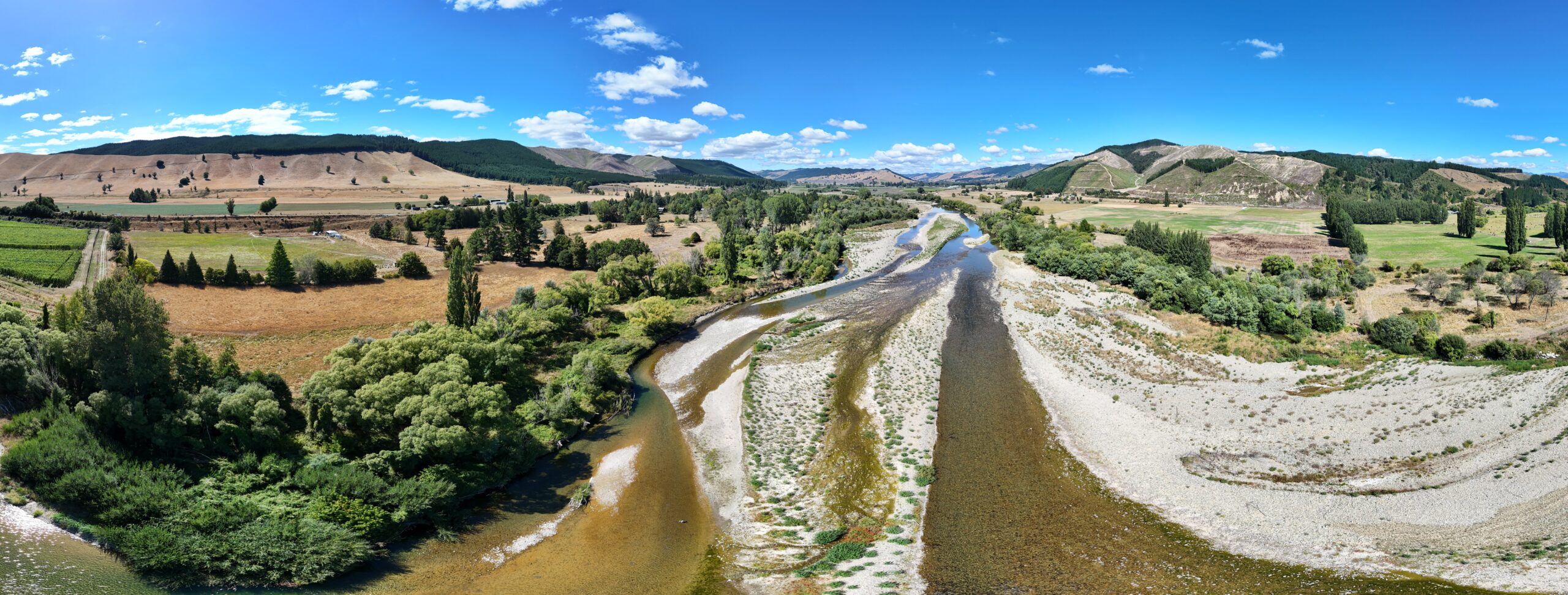Protecting a Taonga: The Motueka River Water Conservation Order
The Motueka River is more than just a pretty stretch of water, it’s a haven for native wildlife, a playground for anglers and kayakers, and a taonga — a treasure — for local iwi. But with growing pressure from development and water use, how do we make sure rivers like the Motueka stay clean, wild, and full of life?
That’s where the Water Conservation Order (WCO) comes in.
What’s a Water Conservation Order Anyway?
The Motueka River’s Path to Protection
The journey started back in 1990, when the Nelson Acclimatisation Group (now Fish & Game) requested to protect the Motueka and nearby rivers. They weren’t just being sentimental — they had a strong case. The river was home to brown trout fisheries, native bird habitats including for whio (blue duck), and scientifically important Karst geological formations in the Arthur Range.
After years of consultation, hearings, and scientific studies, the Water Conservation (Motueka River) Order was finally signed into law in 2004.
What the Order Protects
The WCO doesn’t just cover the main stem of the Motueka River — it also includes parts of the Wangapeka, Rolling, and Skeet Rivers, plus some upper tributaries in the Arthur Range. These areas are recognised for:
· Outstanding ecological and habitat values
· Incredible scenery and a sense of remoteness
· World-class trout fishing and whitewater kayaking
· Cultural significance to tangata whenua
In Practice: What the WCO Means
So, what changes when a river gets a WCO? In short: more care, more oversight, and fewer big interventions.
· No major water takes that would harm flow, course or ecosystem health.
· No damming parts of the river that are meant to stay wild.
· Strict water quality rules, so no dumping pollutants or changing the natural temperature and clarity.
· Fish passage protections, so species can migrate and spawn as they always have.
It’s not about stopping all human activity — it’s about making sure the river’s most valuable qualities are never lost.
Looking Ahead
The Motueka River now falls under the Motueka/Riuwaka Freshwater Management Unit, managed by the Tasman District Council. While the WCO provides strong legal backing, it’s just one part of a bigger effort to care for freshwater — including tackling sediment runoff, land use impacts, and water demand in a changing climate.
Why It Matters
The Motueka River isn’t just important for fishers or scientists — it’s a source of pride, inspiration, and identity for the people of the region. The Water Conservation Order is a way of saying, “Let’s not take this for granted.” In a world where many rivers are under threat, the Motueka stands as an example of what happens when communities, iwi, and conservationists work together to protect something truly special.
✅ Pros and ❌ Cons of the Motueka River Water Conservation Order
✅ Pros |
Protects natural character of the river and its ecosystem |
Safeguards habitat for native species like whio (blue duck) and others like brown trout |
Recognises cultural and recreational values, including Māori significance and fishing |
Ensures clean, clear, and flowing water for future generations |
Helps maintain scenic and tourism appeal of the region |
❌ Cons |
Limits water takes for irrigation, farming, and other uses |
Can restrict economic development or new infrastructure projects |
May be seen as rigid or inflexible, hard to update once in place |
Lengthy and costly to create or modify through legal processes |
Can cause tension between environmental and economic priorities |
Previous Story

